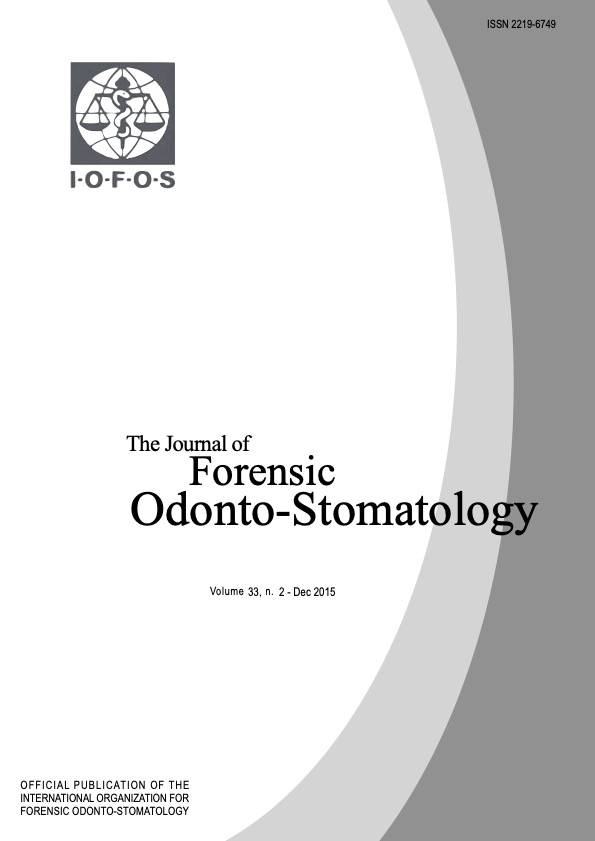The Use of Incinerated Pig Head in Dental Identification Simulation
Keywords:
Forensic odontology, identification, incineration, pig heads, stabilisationAbstract
Purpose: The aim of this exercise was to simulate a disaster victim identification scenario to allow training in documentation of postmortem incinerated remains and reconciliation of dental data. Method: Varying number of restorations were placed in ten pig heads. The teeth and restorations were charted, with the restorations radiographed and documented, creating an ante-mortem data set. The following day the heads were cremated. Following cooling and recording they were transported for a post-mortem examination by trained specialist odontologists who were not involved in the initial antemortem phase. Recordings included the charting of teeth, restorations, lost teeth, and radiographs to simulate a post-mortem examination. A reconciliation of postmortem to antemortem information was attempted.
Results: There was an unacceptable amount of error in the postmortem examination of the heads. The errors related mainly to avulsed teeth and incorrect opinion of which charted surfaces the restorations were placed upon. Also noted were a considerable number of root fractures occurring beneath the crestal bone. This observation does not mimic the evidence observed in human
incinerated teeth where the crowns tend to fracture off the roots at the dentin-enamel junction. Conclusion: The use of incinerated pig (Sus Scrofa) heads is not an ideal model for forensic odontology training in disaster victim identification. Differences in both anatomy and behavior following exposure to heat were shown to hamper documentation and subsequent comparison to antemortem data.

